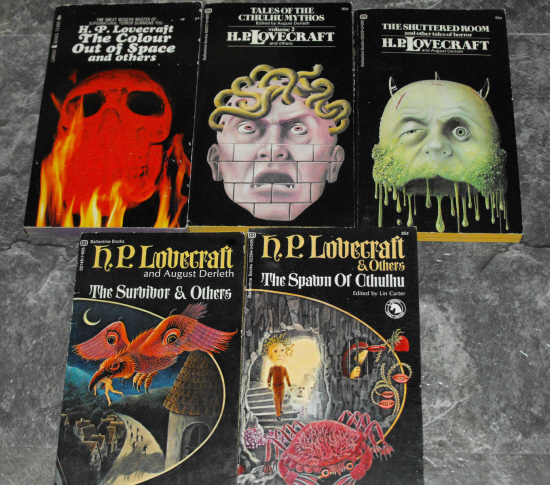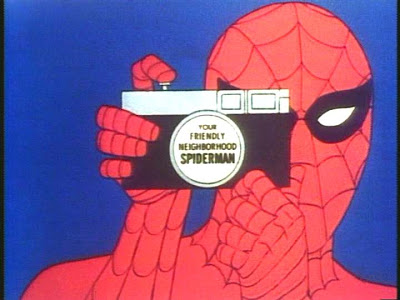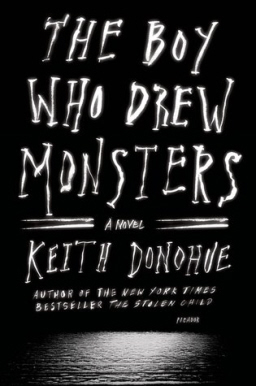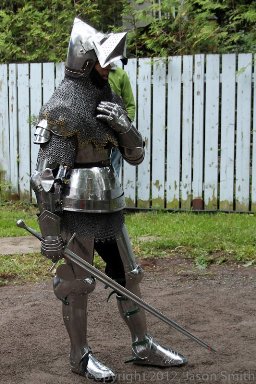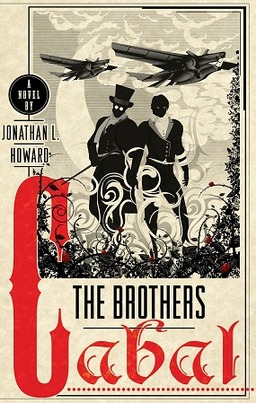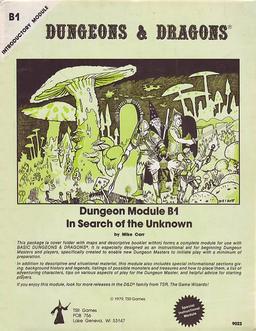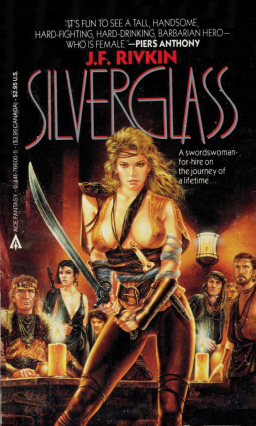Collecting Lovecraft, Part II
It’s almost too easy to get the complete works of H.P Lovecraft. Barnes and Noble, just for example, sells a handsome single-volume complete edition of his work (all 1112 pages!) for just $18. So why on earth would you ever want to spend your time and money collecting vintage paperbacks containing only a fraction of his complete works?
I made a half-hearted attempt to answer that question in the first article of this series, Collecting Lovecraft. Collecting is an emotional hobby, not a rational one, so trying to fathom the collecting urge purely on a rational basis is only going to get you so far. In truth, it usually boils down to something as simple as fondness for cover art, or nostalgia for the particular edition that first introduced you to an author.
Above you can see a colorful assortment of Lancer and Ballantine paperback editions of H.P. Lovecraft originally published between 1967 and 1973: The Colour Out of Space (1967), Tales of the Cthulhu Mythos, Volume 2, edited by August Derleth (1969), The Shuttered Room and Other Tales of Horror, by Lovecraft and Derleth (1973), The Survivor and Others by Lovecraft and Derleth (1971), and The Spawn of Cthulhu, edited by Lin Carter (1971). Truthfully, I’m not too fond of these covers, and they don’t hold any particular nostalgia for me — they were all out of print long before I discovered Lovecraft. So why was I so determined to buy them?
Back in August the New York Times published a fascinating article about Zero Freitas, the Brazilian millionaire collecting every vinyl record ever made. I don’t mean one copy of every record, I mean every single piece of vinyl with music on it in the world. He’s amassed millions so far. I distinctly remember the first time I read the piece, I nodded along and thought, “Yeah, I get it.”
